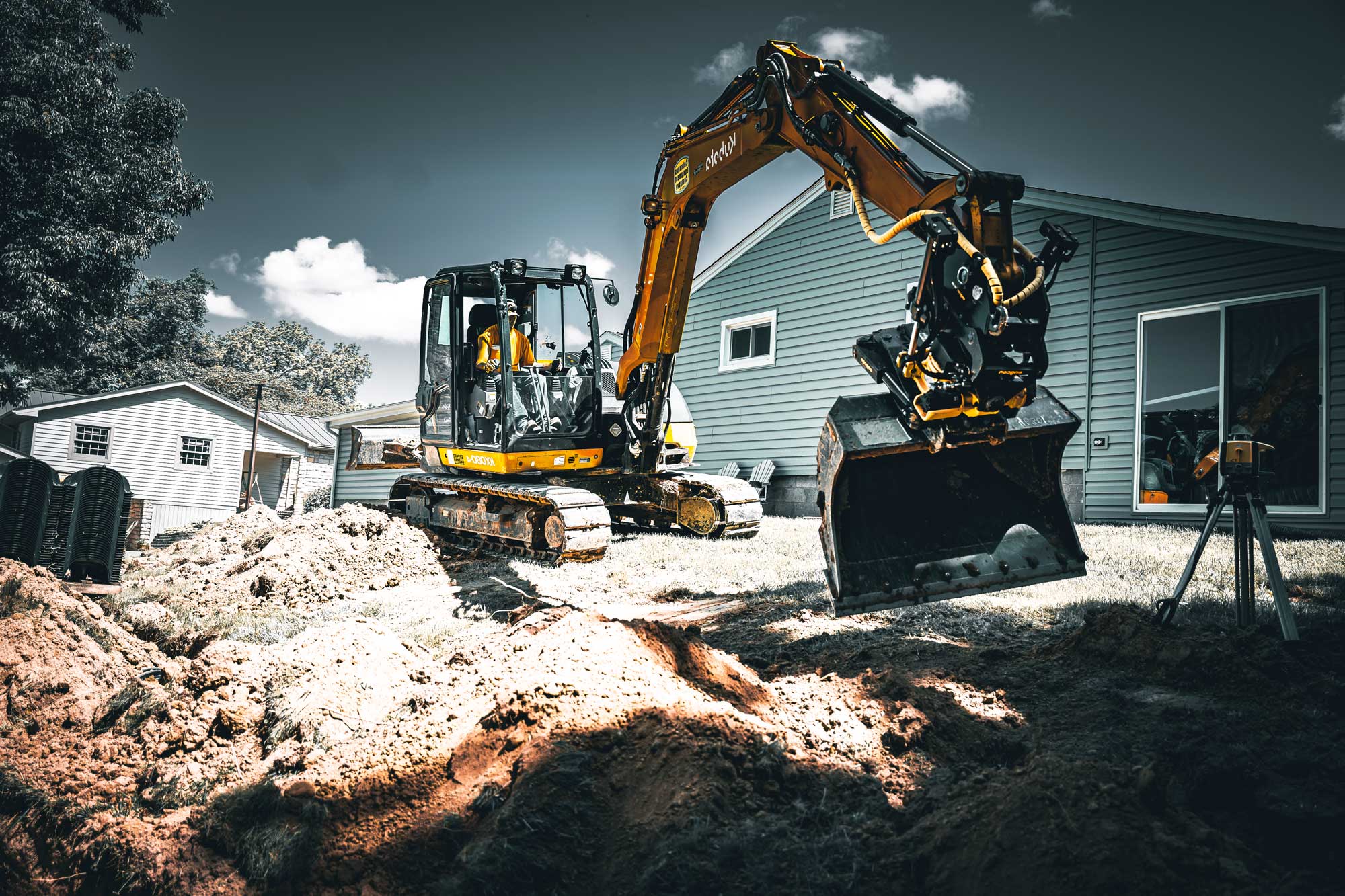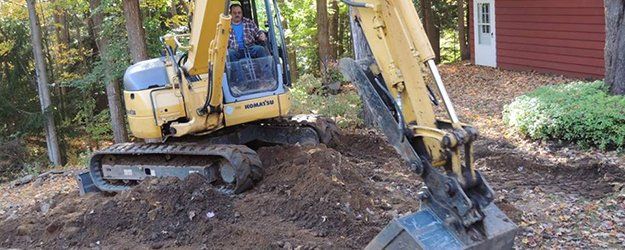Expert Septic Ohio - Trusted Septic System Experts in Ohio
Expert Septic Ohio - Trusted Septic System Experts in Ohio
Blog Article
In-Depth Exploration: The Science Behind Superior Excavation Practices
From old hand devices to contemporary hydraulic excavators, the development of excavation methods has been a testament to human ingenuity and technical innovations. What genuinely establishes exceptional excavation practices apart is a deep understanding of geological principles, paired with the application of innovative devices and methods.
Development of Excavation Techniques
Throughout background, the development of excavation techniques has played an important role in progressing building practices and archaeological discoveries. From the rudimentary tools made use of by our forefathers to the sophisticated machinery employed in modern-day times, the development of excavation techniques has dramatically transformed how we come close to various tasks.
In ancient times, manual work with standard devices such as wheelbarrows, shovels, and pickaxes was the key method of excavation. This labor-intensive process restricted the depth and range of excavations, frequently causing sluggish progress and restricted accessibility to specific websites. However, as civilizations advanced, so did the strategies and tools utilized for excavation.
The Industrial Transformation noted a transforming point in excavation techniques with the intro of steam-powered equipment. This development reinvented the area, permitting faster and a lot more considerable excavations. In contemporary times, innovation plays an essential duty in excavation, with advancements like GPS systems, drones, and 3D scanning improving accuracy and performance in the area. The evolution of excavation techniques remains to shape the method we develop, discover, and recognize the globe around us.
Duty of Modern Technology in Excavation

The integration of advanced innovation has essentially transformed the field of excavation, enhancing precision and performance to extraordinary degrees. One of the key technical innovations that has actually dramatically influenced excavation techniques is the use of GPS systems. These systems permit accurate mapping of excavation websites, making it possible for operators to accurately situate below ground utilities and frameworks. Furthermore, using telematics in excavation equipment has actually allowed real-time tracking of maker performance, bring about aggressive upkeep and enhanced operational productivity.
Moreover, the advent of 3D modeling and simulation software application has streamlined the planning procedure for excavation jobs. Designers and operators can currently imagine the entire excavation process prior to beginning, optimizing and identifying potential difficulties process. Along with this, the implementation of drones in excavation activities has assisted in airborne studies, volumetric dimensions, and website inspections with unrivaled speed and accuracy.
Geological Principles in Excavation
An understanding of geological concepts is crucial for ensuring the structural integrity and stability of excavation sites. Geological aspects play a crucial role in identifying the feasibility and security of excavation jobs (excavating ohio). One essential geological principle to think about is the kind of soil or rock present at the website. Various soil types, such as gravel, clay, or sand, have differing levels of stability and require different excavation methods. Natural dirts like clay may require additional assistance to protect against collapses, while sandy dirts may be prone to disintegration throughout excavation.
Moreover, the geological structure of the location, including faults, cracks, and rock developments, should be thoroughly evaluated to determine prospective dangers and challenges. Digging deep into near mistake lines or unpredictable rock developments can lead to instability and possible risks. By conducting thorough geological studies and analysis, engineers and excavators can create techniques to minimize threats and guarantee the effective conclusion of excavation projects. Ultimately, including geological principles right into excavation methods is essential for achieving risk-free, reliable, and lasting results.
Most Recent Devices for Excavation
In the realm of excavation practices, modern developments in tools have revolutionized the efficiency and precision of excavation procedures. Among the most recent devices making waves in the market is using drones geared up with sophisticated imaging technology. These drones can provide detailed airborne studies of excavation sites, look here providing real-time data on topography and possible threats. This info aids in better preparation and decision-making throughout the excavation process.
An additional cutting-edge tool gaining appeal is the application of 3D printing technology for developing personalized excavation devices. This enables for the production of specialized devices that are customized to the particular needs of a task, raising efficiency and lowering downtime.
In addition, moved here innovations in products scientific research have actually resulted in the growth of stronger and extra long lasting excavation tools. lancaster excavation. Tungsten carbide-tipped excavator add-ons, for instance, deal remarkable efficiency in difficult ground problems, enhancing performance on-site
Scientific research's Influence on Excavation Practices

Moreover, developments in materials scientific research have actually caused the development of stronger, a lot more resilient excavation tools and tools. The use of composite products in shovels and miners has actually enhanced their performance and long life, eventually raising efficiency on excavation websites. Furthermore, scientific research on dirt auto mechanics and geotechnical engineering has provided beneficial understandings into soil actions, enabling excavation professionals to make enlightened decisions regarding excavation approaches and soil stabilization strategies. Generally, science proceeds to drive advancement and renovation in excavation methods, making excavation projects extra effective, cost-efficient, and lasting.

Verdict
In conclusion, the advancement of excavation methods has been greatly influenced by innovations in innovation and a much deeper understanding of geological principles. The most recent devices and tools utilized in excavation have boosted performance and precision in the field. The application of clinical understanding has dramatically improved excavation methods, leading to extra reliable and sustainable methods for digging deep into different types of products.
In the world of excavation methods, modern advancements in devices have actually reinvented the effectiveness and precision of excavation procedures. By leveraging scientific principles, the excavation industry has been able to significantly boost lancaster trenching performance, precision, and safety and security in excavation procedures. GPR enables excavation groups to non-invasively scan and map subsurface structures, utilities, and possible threats, allowing them to plan excavation projects with better accuracy and minimized danger of mishaps.
Additionally, clinical study on soil auto mechanics and geotechnical engineering has given beneficial understandings right into dirt behavior, enabling excavation experts to make educated choices relating to excavation methods and dirt stablizing techniques. In general, science continues to drive advancement and enhancement in excavation practices, making excavation tasks extra reliable, economical, and lasting.
Report this page